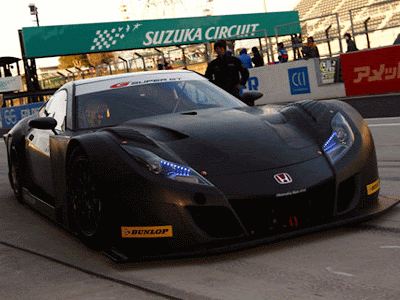Based on the Titan pickup, the Nissan Armada full-size SUV was introduced for 2004, a year that seemed to signal the tail end of the "to heck with fuel economy, big trucks for all!" period. It featured (and still does) several avant-garde styling elements, like its curved roof line, designed to set the Armada apart from its competitors. A refresh conducted last year gave the Armada a more pleasant cabin with smarter ergonomics and much nicer materials. In the top-level LE trim, the Nissan Armada is actually none too different from its Infiniti counterpart, the QX56.

 Unlike most of its competitors, the 2009 Nissan Armada is only available with one engine, a 5.6-liter 317-horsepower V8. In addition to brisk acceleration around town and prodigious passing power, the 5.6 allows a 9,100-pound tow rating when properly equipped. We've driven the Armada with and without a trailer and were very impressed by its stamina when hitched up.
Unlike most of its competitors, the 2009 Nissan Armada is only available with one engine, a 5.6-liter 317-horsepower V8. In addition to brisk acceleration around town and prodigious passing power, the 5.6 allows a 9,100-pound tow rating when properly equipped. We've driven the Armada with and without a trailer and were very impressed by its stamina when hitched up.Of course, that type of power and the Armada's heavy, boxy body translate into poor fuel economy -- which is subpar even by full-size truck standards. In today's climate of high gas prices, an unstable economy and global warming concerns, Nissan's Armada is entering uncharted choppy waters. And like the Spanish Armada, the full-size Nissan has smaller models conquering its sales as buyers move away from thirsty, large SUVs.
Mind you, such vehicles will always be preferred for serious off-road and towing duties. Although a large crossover like GMC's Acadia is superior for simple people-hauling, it just can't handle the rigors of lugging a Bayliner. However, the Armada's newer rivals from Chevrolet/GMC and Toyota have similar heavy-duty capability and are superior offerings to boot, with a wider choice of engines and a more refined ride.
© Source: edmunds
We need your comments below >>











No comments:
Post a Comment